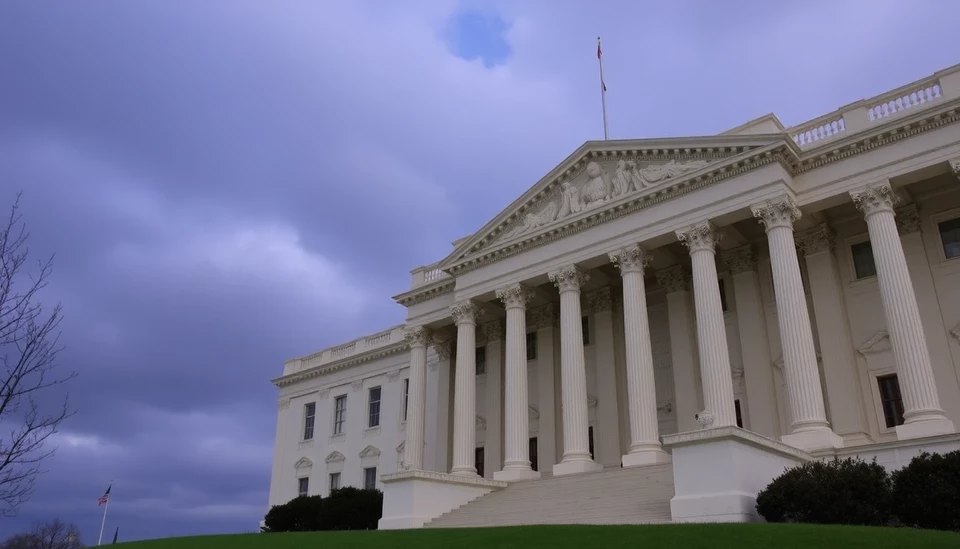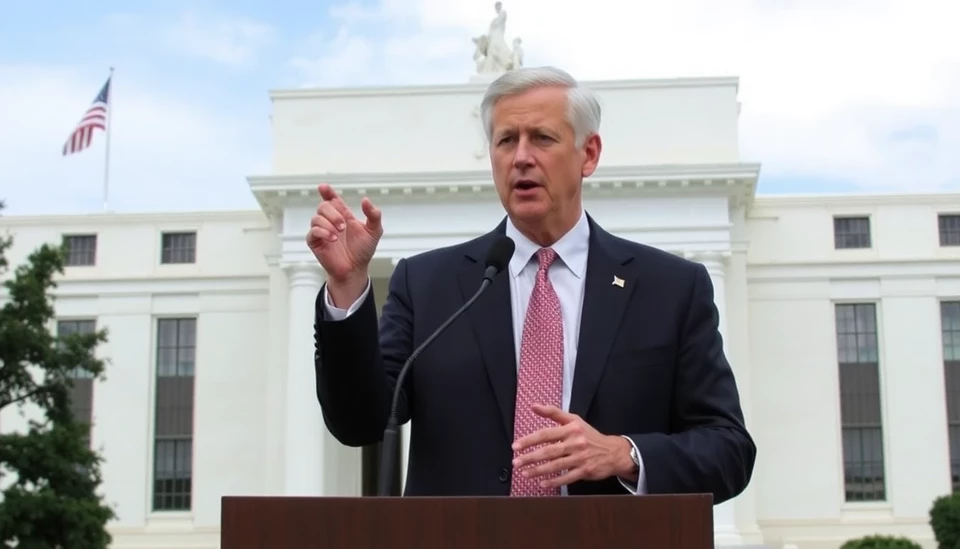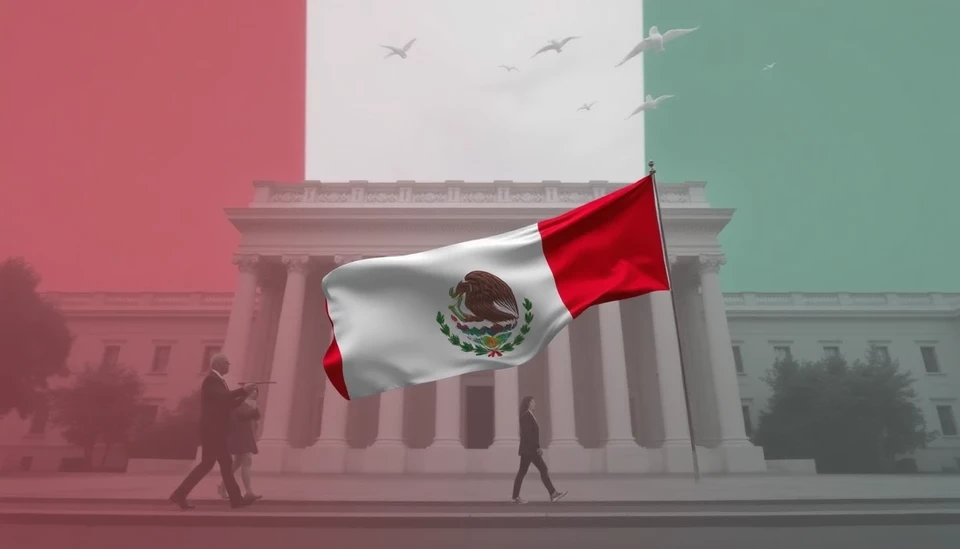
The financial landscape in the United States has reached a critical juncture as the cost of interest payments on the national debt has soared to its highest level in 28 years. This alarming trend not only raises eyebrows in economic circles but also casts a shadow over the political arena, adding layers of complexity to decision-making processes amid an environment of heightened political risk.
According to recent data, interest expenses have surged significantly, straining the federal budget and consuming a growing share of government revenues. This situation is largely attributed to the Federal Reserve's aggressive interest rate hikes aimed at combating inflation. The current environment has led to a cascade of consequences that trickle down from Washington to state and local governments, impacting a range of policy decisions and financial planning initiatives.
The implications of these increasing interest burdens are profound. As more budgetary resources are allocated to servicing debt rather than funding essential services such as education, infrastructure, and healthcare, many policymakers are grappling with how to balance the books effectively. Additionally, with the impending presidential election, candidates are keenly aware that voters are becoming increasingly concerned about fiscal responsibility and government spending.
Political analysts suggest that the intersection of economic pressure and political risk may lead to difficult conversations regarding budget cuts and tax increases. These discussions will likely be contentious as public sentiment continues to shift, with many Americans feeling the pinch of inflation and economic uncertainty in their day-to-day lives.
As a result, both parties in Congress are expected to face a challenging environment as they seek to address these issues while navigating their legislative agendas. The political ramifications of rising interest costs could shape the next election cycle and influence policy decisions for years to come. Furthermore, if the cost of borrowing continues to escalate, it could impede economic growth, driving public discontent and straining bipartisan cooperation.
In the broader context, rising interest burdens could lead to increased scrutiny of government spending priorities and renewed calls for fiscal reform. With an escalating focus on debt sustainability and its long-term impacts on the economy, lawmakers may find themselves at a crossroads, having to rethink traditional budgetary strategies.
Ultimately, the current situation underscores the urgent need for a comprehensive approach to fiscal management, balancing immediate financial obligations with long-term economic goals. As the political landscape shifts, stakeholders at all levels— from federal to local governments—will need to adopt innovative strategies to steer through this intricate web of economic and political challenges.
In conclusion, as the U.S. grapples with its record interest burden amidst rising political risks, the interplay between economic policy and political dynamics will be critical in shaping the nation's financial future. With the stakes higher than ever, the path ahead will require careful navigation and pragmatic solutions to ensure a stable and prosperous future for all Americans.
#InterestRates #USPolitics #NationalDebt #FiscalResponsibility #Economy #Election2024 #BudgetCuts
Author: Daniel Foster




